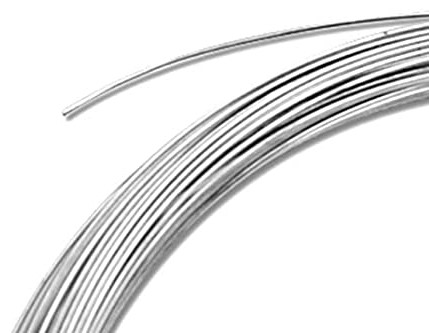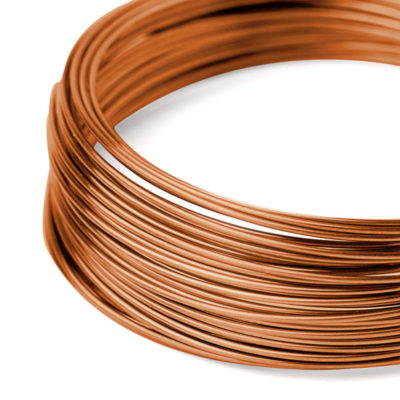ASTM is an international standards organization that is located in the United States of America. The purpose it was introduced to the industry is to publish technical standard agreements for various materials, product, systems and others. Among the ASTM standards that are often use in the industry is ASTM A938.
ASTM A938 Test Standard
Description
ASTM A938 is an international test standard design for testing the torsion (or twist) test procedures of metallic wire. Manufacturing industries such as metal wire industry often use this standard. ASTM A938 provides knowledge of the ductility of a wire when under torsion loading. Nowadays, ASTM standards are highly preferred by both corporate or government bodies. In Malaysia, most industries use the ASTM A938 standard in their companies. The Malaysian government has also adopted this standard.
Basically, ASTM A938 same as ISO 7800. This test standards require that a wire specimen be twisted about the longitudinal axis until it fails. When the test is complete and the specimen failure, the number of turns should be recorded. Additionally, some industries perform these tests to determine the torque required for specimen failure. The results of torsion tests can be used to assess wire ductility under torsional loading.
Torsion tests can be performed by using a specific machine. The machine is known as Torsion Testing Machines. This test cannot be performed using a Universal testing machine. A torsional test machine with proper gripping solutions is necessary for the test practices of ASTM A938. A suitable grip to use on this test is a grip that should have a chuck jaw. It is because the grip will hold the coaxial during the test. The wire should be twisted only along the test length, and not at the point of clamping. The machine used should be equipped with important features such as automatic counting. The automatic counting is use to count the number of revolutions during the test.
More : https://www.astm.org/a0938-18.html
Specimens
- Metallic wire


Test Procedure
- Prepare the specimens as described in the method.
- Measure the wire diameter.
- Straighten the test sample wire before placing on the grip.
- Place the sample into the torsion grips.
- The recommended test length or the distance between the chuck heads is 203 mm.
- After placing the sample on the grip, make sure the specimen remains as straight as possible during testing.
- Start the test by rotating one clamp at a constant speed. Refer to the standard for recommended twisting speeds.
- Stop the test when the sample breaks (rupture).
